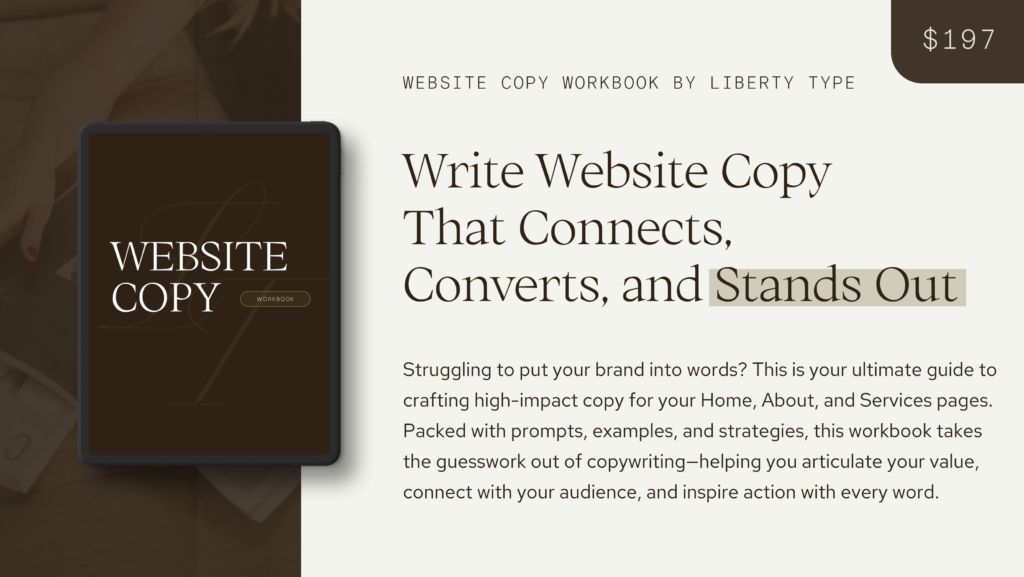We all love a good story. Whether it’s a gripping movie, a favorite childhood book, or a tale told over dinner, stories have the power to engage, inspire, and connect us. Great brands know this and leverage storytelling to stand out and make us feel part of something bigger.
In today’s oversaturated market, storytelling is your secret weapon to create a memorable, emotional connection with your audience and build loyalty that lasts.
But what exactly is storytelling in branding, and why is it so powerful? Let’s dive in.
What Is Storytelling in Branding?
Storytelling in branding is about more than what you sell—it’s about why you exist and what you stand for. It’s the narrative you weave through your messaging, visuals, and overall brand experience.
Instead of simply listing features or benefits, storytelling makes your audience feel something by:
- Sharing your mission and values.
- Connecting your audience’s challenges with the solution you provide.
- Humanizing your brand so that customers see you as relatable, trustworthy, and memorable.
The result? A brand that sticks in people’s minds and feels impossible to ignore.
Why Is Storytelling So Powerful?
1. It Appeals to Emotions
We are hardwired to respond to stories. Stories evoke emotions—joy, sadness, excitement, inspiration—that help us form deeper connections. This emotional tie makes people feel seen and understood.
Think about it: we buy into brands that make us feel something, not just those offering a product or service.
2. It Builds Trust
Sharing your story builds transparency and credibility. Customers want to know who you are, what you stand for, and why they should care. A compelling narrative gives them a glimpse into the “why” behind your brand, creating a sense of trust and connection.
3. It Sets You Apart
In a crowded market, storytelling is what makes you unique. Your products or services may not be drastically different from your competitors’, but your story is one of a kind. Crafting a narrative that’s personal and authentic allows you to carve out your own lane.
4. It Makes Your Brand Memorable
Facts are easy to forget. Stories aren’t. By pairing information with emotion, storytelling makes your brand unforgettable. People don’t just remember the product—they remember how your brand made them feel.

5 Brands That Have Mastered Storytelling
Let’s look at how some of the world’s most successful brands use storytelling to create emotional connections and build loyal audiences.
1. Coca-Cola: Sharing Happiness
Coca-Cola is a master of emotional storytelling. Campaigns like “Share a Coke” focus on creating connections and spreading joy. From personalized bottles to heartwarming ads, Coca-Cola’s message revolves around togetherness—a feeling their audience craves.
2. Apple: Celebrating Creativity
Apple’s iconic “Think Different” campaign positioned the brand as a home for innovators and out-of-the-box thinkers. By showcasing figures like Albert Einstein and Martin Luther King Jr., Apple aligned itself with brilliance, creativity, and boldness.
The takeaway? Apple users aren’t just buying a product; they’re buying into a lifestyle of creativity and innovation.
3. Nike: Pushing Boundaries
Nike’s “Just Do It” slogan tells a story of perseverance, grit, and determination. Nike doesn’t just sell athletic gear—it sells the idea that anyone can achieve greatness if they push their limits.
By tapping into universal emotions like ambition and resilience, Nike inspires its audience to see themselves as athletes, regardless of skill level.
4. Patagonia: Leading with Values
Patagonia uses storytelling to communicate its mission of environmental sustainability. Campaigns like “Don’t Buy This Jacket” challenge fast fashion and encourage customers to be mindful of their purchases.
Patagonia’s story resonates deeply with its eco-conscious audience, building trust and loyalty around shared values.
5. Warby Parker: Impact with Purpose
Warby Parker’s “Buy a Pair, Give a Pair” program highlights their commitment to accessibility. For every pair of glasses sold, Warby Parker donates a pair to someone in need.
Their story isn’t just about stylish eyewear—it’s about impact. By weaving purpose into their narrative, Warby Parker connects with customers on a deeper level.
How to Tell Your Brand’s Story in 5 Steps
So, how can you use storytelling to elevate your brand? Follow these steps to craft a compelling narrative:
1. Start with Your Why
Ask yourself:
- Why did you start your business?
- What problem are you solving?
- What do you stand for?
Your “why” is the heart of your story. It’s what makes your audience care and connects them to your mission.
Example: A wellness coach might say, “I started my business to help women reclaim their energy and confidence because I know how it feels to be exhausted and overlooked.”
2. Understand Your Audience
Your story isn’t just about you—it’s about your audience, too. Consider:
- What challenges do they face?
- How can your brand be part of their story?
Speak directly to their needs, desires, and emotions. Your story should position your brand as the solution they’ve been searching for.
3. Highlight Your Values
Your values are the foundation of your story. Whether it’s sustainability, empowerment, or creativity, align your messaging with what matters most to your audience.
Tip: Incorporate your values into every touchpoint, from your website copy to social media captions.
4. Show, Don’t Tell
Rather than listing facts, bring your story to life with visuals, emotions, and real-life examples:
- Share client transformations or success stories.
- Use behind-the-scenes glimpses to humanize your brand.
- Create visual storytelling through photos, videos, or graphics.
Example: Instead of saying, “We help small businesses succeed,” share a specific story of a client you’ve helped.
5. Keep It Consistent
Your story should flow through every piece of your brand:
- Website copy
- Social media posts
- Email newsletters
- Client communications
Consistency reinforces your message and helps your audience trust you.
What’s Your Brand’s Story?
Your story is your superpower. It’s what helps your brand stand out, builds trust with your audience, and creates lasting emotional connections.
If you’re struggling to tell your story in a way that feels clear and authentic, start with your brand’s messaging. Clarifying your values, mission, and voice will make storytelling feel natural—and impossible to ignore.
Ready to bring your story to life? Whether you’re looking for branding, website copy, or content strategy, we’re here to help. Contact us today to create a brand story that connects, resonates, and converts.
If you’re a seasoned professional—a dentist, interior designer, chiropractor, therapist, or any other expert who has spent years building a solid reputation—then you may have noticed a shift in your industry. Clients are making different decisions, new competitors are entering the scene, and the way people choose businesses doesn’t feel the way it used to. […]

Copyright 2025 Liberty Type | Terms | Privacy | Fulfillment | We wrote the site ourselves - no AI
